Chile is a large country with a lot of diversity. From the Atacama Desert in the north of the country to Patagonia in the very south, and plenty of places in between, you won’t run out of things to do. But this article isn’t about what to do in Chile. Instead, this post is full of Chile travel tips and advice so you can have the best possible time on your trip.
12 Chile Travel Tips
While there are loads more travel tips than just these twelve, these twelve travel tips are the biggest things I wish I had known before taking my trip. So many of my other Chile travel tips are destination specific and therefore aren’t included in this list.
You Need Less Cash Than You Think
Before I went to Chile, I changed US Dollars to Chilean Pesos. This is a service provided by my local bank for free and I always find it easier to have cash when I land in a country. However, I changed just a bit too much cash.
As you travel through Chile, credit and debit cards are accepted nearly everywhere. And in many places, cards are preferred over cash. So, while it’s good to have some cash, you’ll need less than you think. For my 9 day trip to Chile, I would have been sufficient with an average of 5,000 to 10,000 pesos per day. For the rest of my spending, I could have just used my card.
Chile Travel Tip #1 – You can use your card more often than you think.
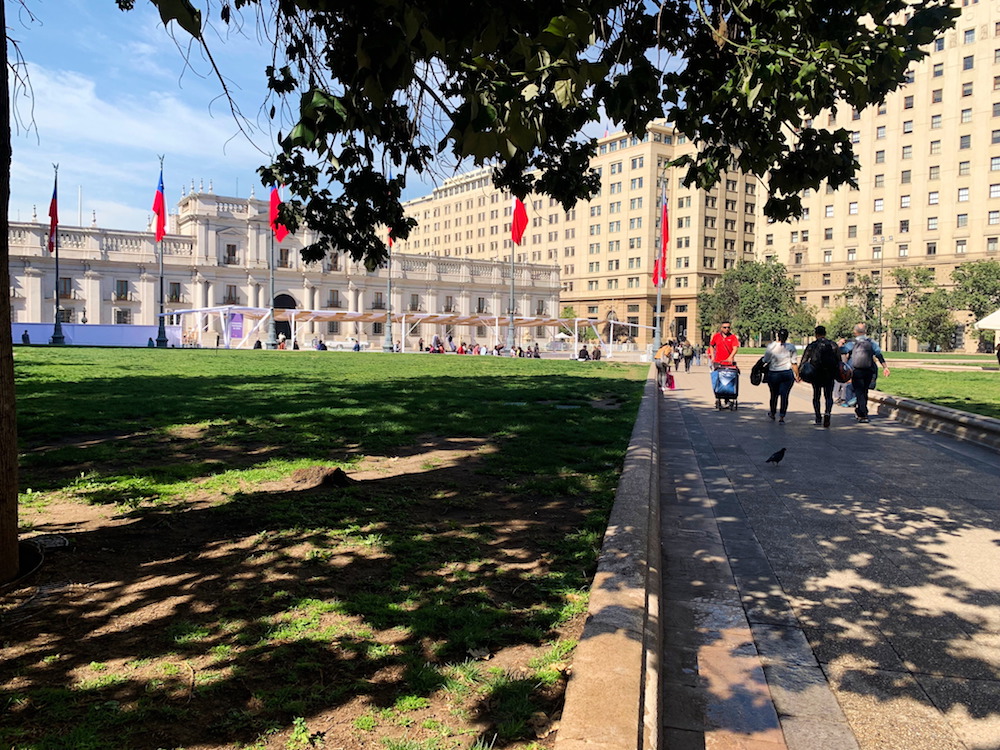
A Service Charge May Already Be Included at Restaurants
Most restaurants will add a 10% service fee to your bill, which covers your tip. So when you get your bill, look for that 10% charge. If you see it, you don’t have to leave an additional tip. However, if I was paying cash, I would typically round up and leave an additional tip. That said, my tipping was more so I didn’t have to carry any more change than necessary.
Chile Travel Tip #2 – Pay attention to your restaurant bill.
Many Tourist Sights Will Close On Mondays
Planning what to do on a Monday in Chile gets difficult because it seems that everything closes. And it’s not just museums. Even national parks can close on a Monday – a lesson I learned the hard way when I tried to visit La Campana National Park.
So my Chile travel tip is to pay attention to your planning. Look up those hours in advance so you don’t end up bored on a Monday.
Chile Travel Tip #3 – Check the opening hours in advance.
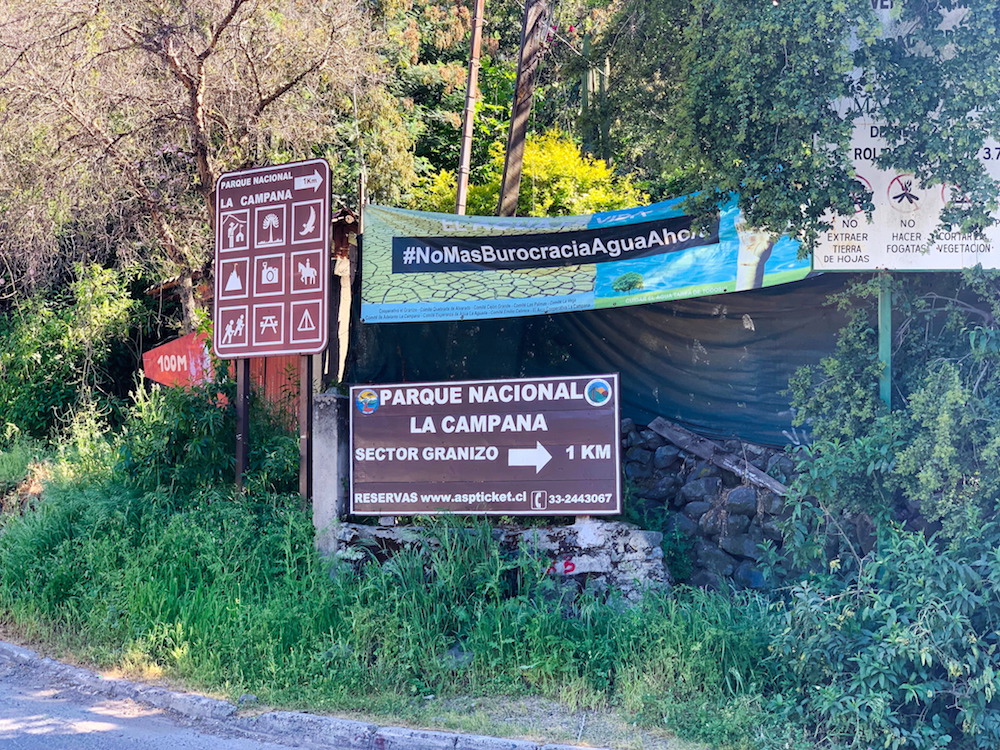
You Don’t Need to Book Your Tours Online
While you’ll find plenty of tours on sites like GetYourGuide and Viator, you don’t have to book your tours in advance. In fact, I found tours to be cheaper once I was in Chile. I ended up booking two tours through locally through my hotel for significantly less than the price listed online.
Plus, when I booked through my hostel, they were able to help guarantee that I could get an English speaking tour, which after my surprise Spanish tour of El Cajon del Maipo, was greatly appreciated.
Chile Travel Tip #4 – Consider waiting until you’re in Chile before you book your tour.
The Price of Your Tour is Not the Final Price
I took three tours during my time in Chile. On one tour, there were four (yes four!) stops where we had the option to purchase something (typically food). Any purchases made at these stops were made with my own money (including the stop for lunch).
On my two other tours, there were additional expenses that weren’t include in the tour price, but you were required to pay for. On my tour to Osorno and Petrohué Falls, we had to pay 7,000 CLP for entrance into Petrohué Falls plus another 6,000 CLP to a boat captain who took us around Lake Todos los Santos. On my tour to Chiloé, we had to pay 9,000 for our boat at Piñuhuil.
These costs were not included in our booking price and were mandatory. So, my travel tip for Chile is to make sure you have extra cash for your tours.
Also as a note, we stopped for lunch on both of these tours. Lunch was not included but it was basically expected that we eat at the restaurant we stopped at (the meals ranged from 10,000 to 15,000 CLP).
The bottom line is, don’t think you’ll just pay one price and be done. Make sure to bring extra money with you on any tours you may take.
Chile Travel Tip #5 – Budget extra money for your tours.

Pay Attention to Which Bus You Need
If you’re buying a intercity bus ticket from a station, the salesperson may point you toward a bus and tell you which spot your bus is. Don’t rely on this.
In Santiago, I bought my ticket and was told to go to stall #10. There was another bus there (destined for a different city than me). My bus was four stalls down. So use what the salespeople say as a guide, but don’t take them their word is gospel.
At the end of the day, this is minor, but I still think it’s an important travel tip to not rely on what one person tells you.
Chile Travel Tip #6 – Double check before boarding a bus.
Local Bus Schedules Will Be Hard to Find Online
Bus schedules for popular intercity routes will be easy to find online. For example, if you’re traveling between Santiago and Viña del Mar, you’ll find loads of bus options. But when you need to find information on local city bus routes, don’t expect to find much.
For example, I needed a bus in Olmué and I just could not find anything online aside from other travelers directions to take a certain bus. This bus did exist, but it made planning a little more difficult.
In general, if it’s a place tourists go, you’ll be able to find some blog post with information about how to get where you are going. In situations where it’s a lesser visited area, you’ll just have to cross your fingers and hope for the best. But in general, there’s likely going to be a bus to wherever you need to get. You may need to just ask around.
Chile Travel Tip #7 – Don’t be shocked if you can’t find a local bus route online.
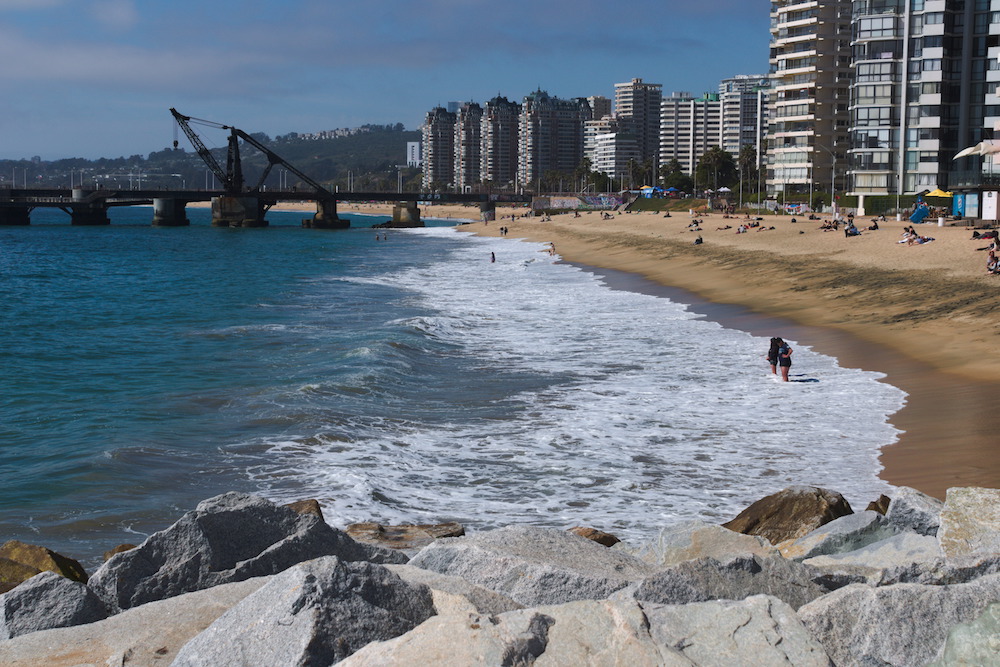
The More Spanish You Know, The Better
This may seem obvious, but I still think it’s important. Chileans speak Spanish, so in order to communicate, you’ll need to have at least a basic knowledge of Spanish.
Nearly everywhere I went in Santiago and Viña del Mar had exclusively Spanish speakers. I know just barely enough to muddle through ordering at a restaurant, but I still struggled in some places. I expected to struggle with the language, but I found myself struggling more Chile than I did in Spain.
Chile Travel Tip #8 – The more Spanish you know, the easier your trip will be.
Chile is Safer Than You Think
I’ve heard plenty of paranoia about traveling to South America. People said it wasn’t safe or that I’d have to be extra careful. I can’t speak for other travelers, but in general, I felt very safe during my time in Chile. While it is true that I paid more attention to my surroundings while traveling in Chile than I do when I’m in traveling in Europe, I was never in any situation where I felt like I was in danger.
One thing that really stood out to me was my phone safety. I had read plenty of advice about how you need to be careful about using your phone in public because you could be robbed. This made me nervous because I rely on my phone for navigation, even when I’m just walking. This turned out to not be a big concern.
While it is true that I did a check of my surroundings before pulling my phone out (something I don’t generally do while in the United States or Europe), I found if I stood to the side, took a quick look at my phone, and then kept it away, I was fine. Even on the metro in Santiago, this wasn’t a concern. Everyone had their phones out.
Still exercise caution because you just never know, but I think it’s important to say that in general, Chile was safer than I expected.
Chile Travel Tip #9 – Chile is safer than you may think, but still pay attention.
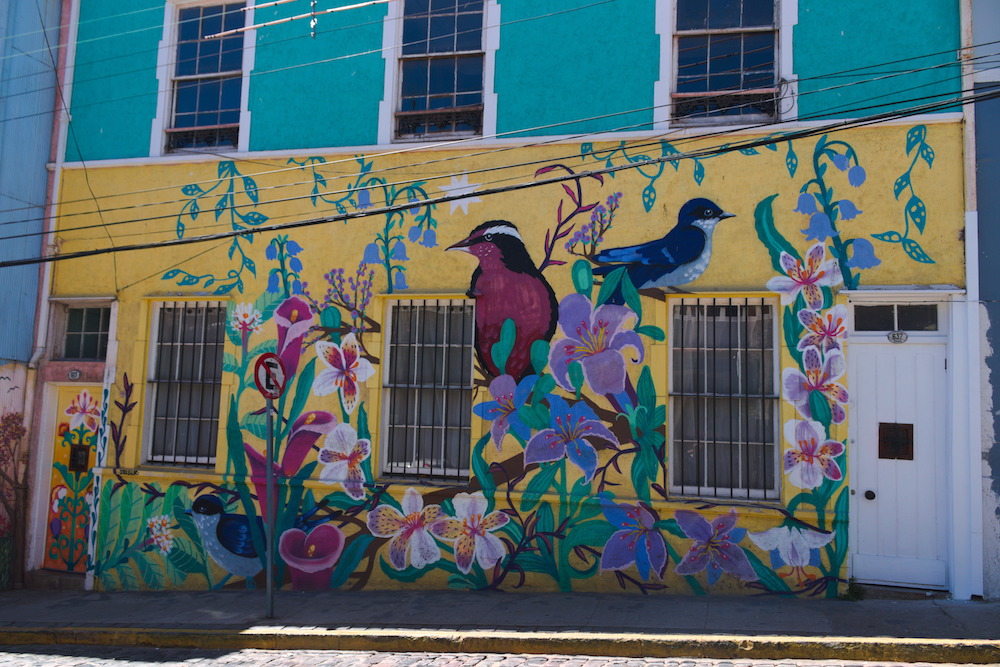
Bring the Correct Adapter
This is one that almost tripped me up. Many countries in South America will work with a standard US plug, but not Chile. Chile uses a type C plug, which is the same as Europe, so make sure you get the right adapter.
However, if you don’t have the right adapter, you’ll easily be able to find either an adapter or a phone charger.
Chile Travel Tip #10 – Pay attention to the power adapter.
Carry Some Toilet Paper
This didn’t happen all of the time, but on occasion I’d go into a bathroom stall and there would be no toilet paper. That’s not what you want to realize after you’ve sat down to do your business.
In order to avoid an uncomfortable situation, carry a little bit of toilet paper with you. This is a travel tip that’s good for Chile and the rest of the world.
Chile Travel Tip #11 – Make it a habit to keep toilet paper in your bag.
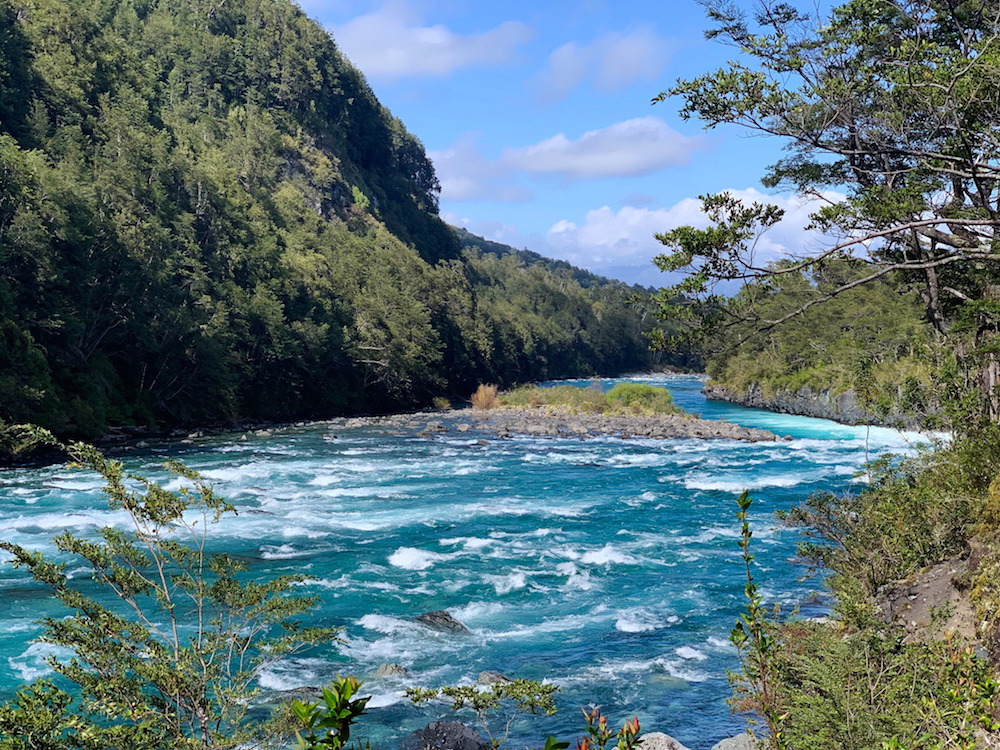
If You Buy Bottled Water, Pay Attention to the Bottle Caps
In most places, the water in Chile is safe to drink. However, if you choose to buy bottled water, it’s good to know that there’s two different kinds. “Agua con gas” and “agua sin gas”. Gas is just their way of indicating sparkling water.
So “agua con gas” is water with gas, or sparkling water. “Agua sin gas” is water without gas, or still water. The bottles are labeled, but to make it even easier, the bottle caps are color coded. Bottles with blue caps are “agua con gas”, while red caps are “agua sin gas”.
Chile Travel Tip #12 – The bottle cap tells you a lot about the water.
Final Thoughts
Chile is a great country to explore. There’s plenty to do and so much beauty. If you are prepared and have followed the Chile travel tips from others, you’ll be sure to have a fantastic trip.
Continue Your Adventure
Chile Itinerary: For first time visitors, I recommend my 9 Day Chile Itinerary or my 7 Day Itinerary. Visit the capital city of Santiago, the beaches in Viña del Mar, and head south to Puerto Varas.
Santiago and Surroundings: Santiago is Chile’s capital city and it’s a great place to spend a day. Nearby are is the colorful city of Valparaiso and the beach town of Viña del Mar. Both are great to explore, but don’t forget about some of the day trips from Viña del Mar.
Puerto Varas: I love Puerto Varas, a small town in the Chilean Lake District. The town is nice, but the day trips are amazing. Visit the Osorno Volcano and Petrohué Falls for epic nature. For more culture, consider a day trip to the island of Chiloé (which also includes some beautiful scenery).
Chile Travel Guide: Check out my Chile Travel Guide for everything you need to start planning your trip, including itineraries, city guides, travel tips, and a detailed budget.
